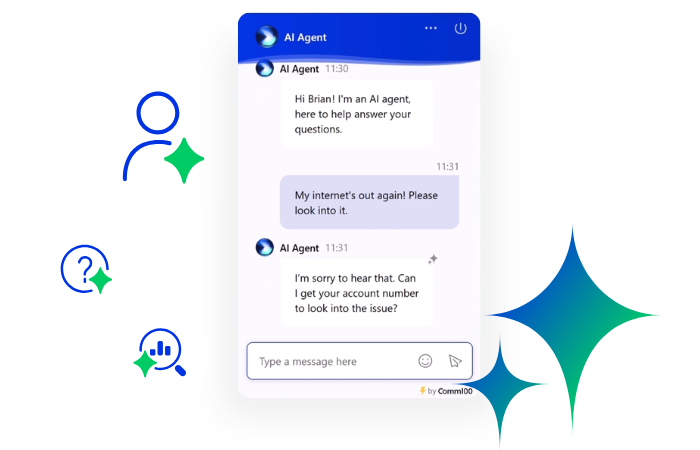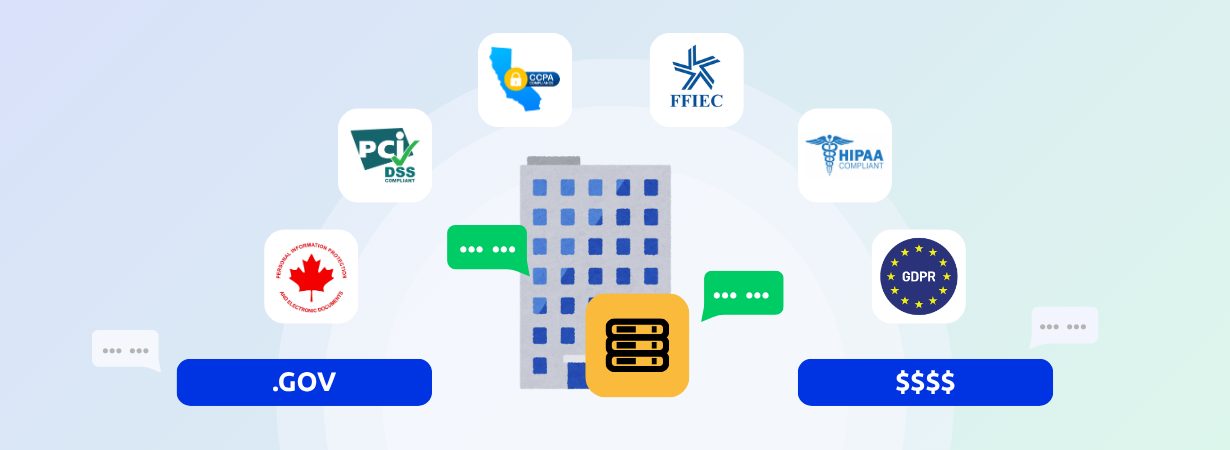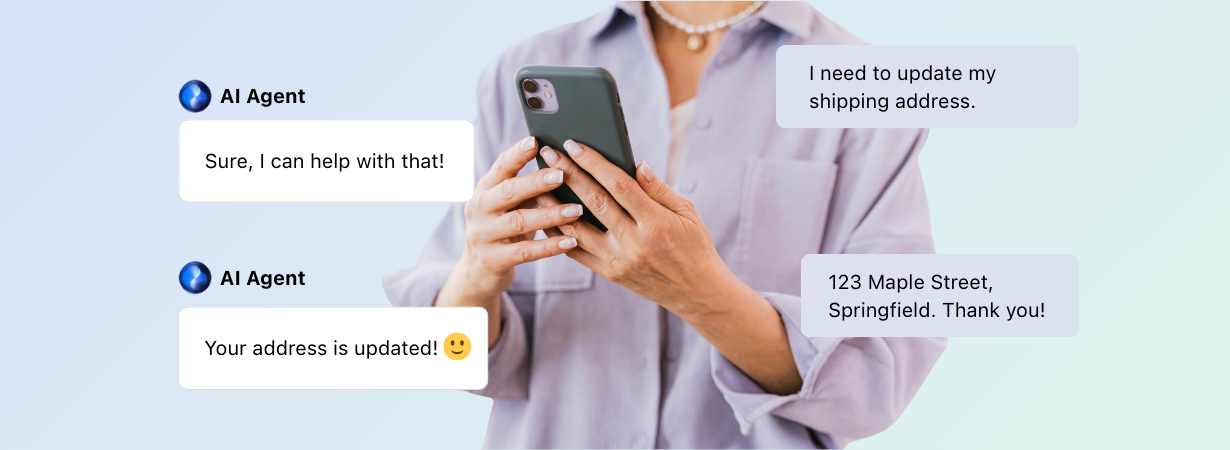In an era where public trust in government institutions is understandably sensitive, the need for robust and transparent communication strategies has never been more critical.
When done right, digital communication offers governments and agencies the opportunity to build, maintain, and restore trust. Through this medium, they can engage with citizens in real-time, provide 24/7 assistance, and disseminate accurate and accessible information.
This blog explores the decline of public trust in government, backed by data from the U.S., Canada, and the UK, and offers insights into how digital communication can play a pivotal role in reversing this trend. Read on to find out how to increase trust in government institutions and agencies.
The Declining Trust in Government: A Background Check
Over the past few years, trust in government institutions across the globe has seen a noticeable dip. In the United States, a Pew Research Center study revealed that only 24% of Americans expressed trust in the government to do what is right “just about always” or “most of the time” – a stark decline from the past decades.
Similarly, in Canada, the Edelman Trust Barometer reported a drop in public trust in government, falling from 53% in 2020 to 49% in 2021. Across the pond, the United Kingdom hasn’t been immune to this trend either, with the Hansard Society’s Audit of Political Engagement showing that only 29% of the UK population trusts their government to put the nation’s needs above party politics.
Several factors have contributed to this declining trust in government. Perceived corruption and inefficiencies within government institutions have significantly impacted public perception, leading many to question the integrity and effectiveness of their leaders and public services.
The rapid spread of misinformation through social media and other digital platforms has further eroded trust in government, making it difficult for citizens to discern truth from falsehood. Economic uncertainties and social injustices have also played a role, as citizens increasingly feel their needs and concerns are not adequately addressed by those in power.
Together, these elements have contributed to a growing skepticism towards government entities, manifesting in lower levels of public trust and confidence.
How to Improve Trust in Government – 4 Essential Communication Strategies
When exploring how to improve trust in government, it’s crucial to be realistic and pragmatic with results. There’s often a gap between what the public expects and what government can deliver, due in part to resource limitations, legal constraints, and bureaucratic processes. Bridging this gap and managing expectations is a continuous challenge – but one that digital communication can significantly improve.
By leveraging digital communication technologies, governments can improve the efficiency and transparency of their services and foster a more engaged and informed citizenry. Here are 5 key strategies for to improve trust in government through digital communication:
Implementing live chat on government websites allows for immediate communication between citizens and government representatives. This tool can significantly enhance the citizen’s experience by providing quick answers to questions, reducing wait times, and making government services more accessible. Real-time interaction adds a human element to digital communication too, fostering a sense of connection and trust.
Learn how WCB Manitoba adopted Comm100 Live Chat to improve customer satisfaction in the video below:
1. 24/7 availability with accurate chatbots
The integration of chatbots powered by artificial intelligence (AI) can provide 24/7 assistance to citizens. AI chatbots can understand intent and complexities of language, allowing them to engage in more natural conversations. This allows them to handle more questions and guide users through workflows – all without any human interaction so government agencies can provide 24/7 support.
By ensuring that chatbots are well-designed, with accurate and up-to-date information, governments can significantly improve accessibility and reliability of information. This in turn helps to build public trust in government, as shown by Global Affairs Canada. In 2022, they launched two Comm100 AI Chatbots so they now can provide 24/7 support in both French and English. You can read the full story here.
2. Well-stocked and accessible knowledge bases for self-service
A comprehensive and easy-to-navigate knowledge base can empower citizens by providing them with the information they need to solve problems on their own. This resource should be well-organized and searchable, with articles, guides, and FAQs that cover a wide range of topics. By investing in the quality and clarity of these resources, governments can demonstrate their commitment to transparency and self-service, reducing frustrations and increasing trust. Ensuring this information is easy to access is essential – you can integrate it within Comm100 Live Chat so visitors can search for answers right from the chat window.
3. Accessibility and inclusivity in digital tools
Ensuring that digital communication tools are accessible to all is crucial for building an inclusive, trust-based relationship with the public. To do so, governments must make sure any digital tool adheres to web accessibility standards, so their services are usable for people with disabilities. This includes adopting live chat software that offers WCAG compliance, as well as customizable buttons and text for accessibility needs.
Multilingual support addresses diverse linguistic needs too, reflecting a commitment to serve all citizens. For example, Comm100 Live Chat can automatically translate the visitor’s message to the agent, and back from the agent to the visitor.
4. Social media for transparency and engagement
Utilizing social media platforms to share timely information and updates can significantly help to build public trust in government through transparency and engagement.
Social media enables governments to share real-time updates, providing a reliable information source and countering misinformation. Behind-the-scenes insights demystify government actions, fostering connection. Interactive features like Q&A sessions engage citizens directly, enhancing transparency and trust. Lastly, showcasing positive outcomes highlights commitment to public good, countering negative perceptions.
Wrap-up: How to Improve Government Trust
The decline in trust toward government institutions poses a significant challenge, but it also presents an opportunity for innovation through digital communication. By embracing tools such as live chat, chatbots, and knowledge bases, governments can take meaningful steps toward rebuilding public trust.
These efforts, combined with a commitment to transparency, accessibility, and citizen engagement, can transform the way governments communicate with their citizens, ultimately fostering a more trusting and productive relationship.






